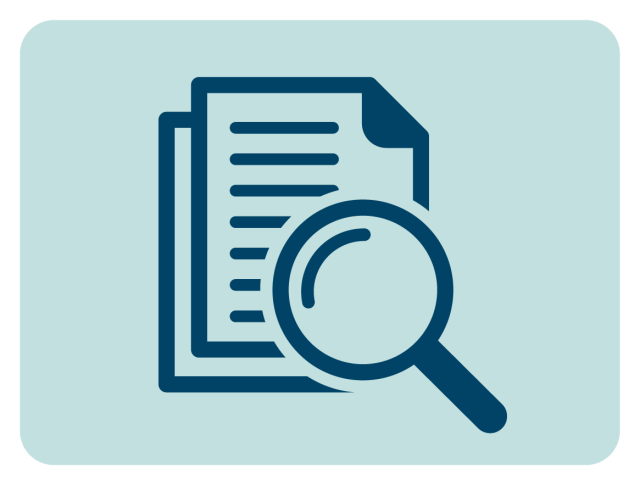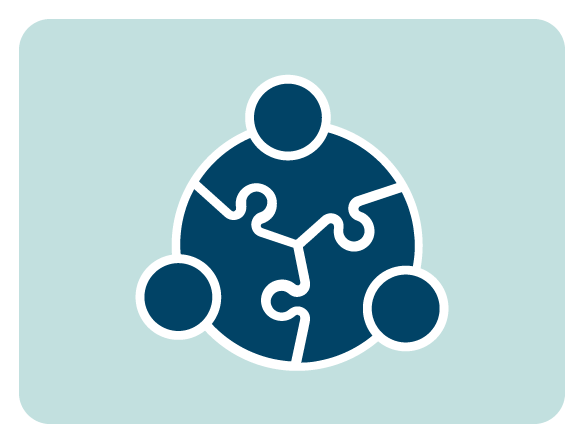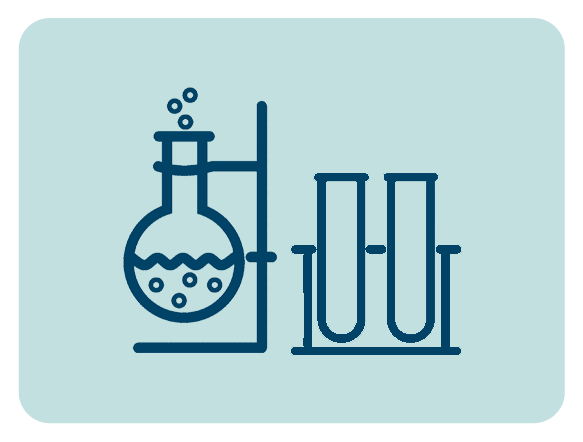Fostering Student Inquiry: A Scaffolded Approach to Developing Research Skills in Viticulture and Enology
Engaging Students
Learning Outcomes




Context
As an introductory course, VIEN 1104: Wines & Vines enrolls students from across the university. To assess learning in this diverse group, instructor Kathleen Arnink and her colleagues have long relied on a cornerstone writing assignment. This paper, which involves student peer review as part of the revision process, challenges students to demonstrate their grasp of viticulture and enology, use precise terminology, and engage critically with primary literature.
The assignment has evolved significantly over the years, particularly since D’Aversa joined Arnink in co-teaching the course, leading to several refinements. The most recent iteration is a research paper focusing on the process of research, writing, and reflection. This version increases engagement by giving students the freedom to select topics relevant to their personal interests and academic fields, such as history, genetics, climate science, and medicine.
Implementation
The assignment involves a multi-stage process scaffolded over the second half of the semester.
- Annotated bibliography: Midway through the term, students submit an annotated bibliography on their self-selected topic. This is a key checkpoint where instructors and TAs use a rubric to review sources and research direction. It also serves as an early opportunity to address any academic integrity issues and ensure students are engaging properly with primary literature before proceeding.
- First draft: Two weeks after the annotated bibliography, students submit a complete first draft through the FeedbackFruits tool in Canvas. This first draft is expected to be the students’ best work — it should not be a rough draft that they expect to have to do a lot of work on.
Peer review: Next, there is a two-week window for the peer review process, which has three key parts:
- First, students complete their first of two required peer reviews during a guided in-class session to ensure everyone is comfortable with the technology.
- Second, they must complete their second peer review on their own time before the two-week deadline.
- Finally, students are required to read the two reviews they have received from their peers.
The feedback provided is formative — it does not impact the author's grade but is required for participation. This multi-part process allows students to improve their own paper while also learning about two additional topics from the work of their peers.
- Final paper & reflection: The final submission, due two weeks after peer review, consists of a revised paper and a mandatory reflection statement. In the reflection, students must explain their topic choice, what they found most interesting, specify the changes they made based on feedback, and describe what they learned from reviewing their classmates' papers. This final package is graded by the instructional team, using a detailed rubric available to students in Canvas.
Challenges
- Logistics of FeedbackFruits: Students don’t know how to find the peer reviews they must complete.
- To counter this, the instructors added an in-class activity to help familiarize students with FeedbackFruits, guide them through their first peer review activity, and show them where to find the second assigned paper for their other required peer review.
- Logistics of FeedbackFruits: Students don’t know how to find the peer reviews they must complete.
- Time management: Students may wait too long to search, find articles, and write their paper.
- To encourage better writing habits and allow students to deepen their knowledge of their topic, instructors added an annotated bibliography assignment in advance of the first draft due date, to ensure students considered topics and began work on their paper earlier in the semester.
- Time management: Students may wait too long to search, find articles, and write their paper.
- (Poor) use of GenAI: GenAI is not allowed for this assignment.
- The annotated bibliography assignment flagged students who did not actually search, read and summarize their articles themselves. Since this assignment was due earlier in the semester, it allowed instructors to address academic integrity with students and help them learn to find and use resources properly, and still complete the later writing assignments.
- (Poor) use of GenAI: GenAI is not allowed for this assignment.
Reflection and Future Directions
Arnink & D’Aversa are happy with the changes that have been implemented over time, and are eager to fine-tune recent minor updates to the course before considering any major changes to the assignment.
